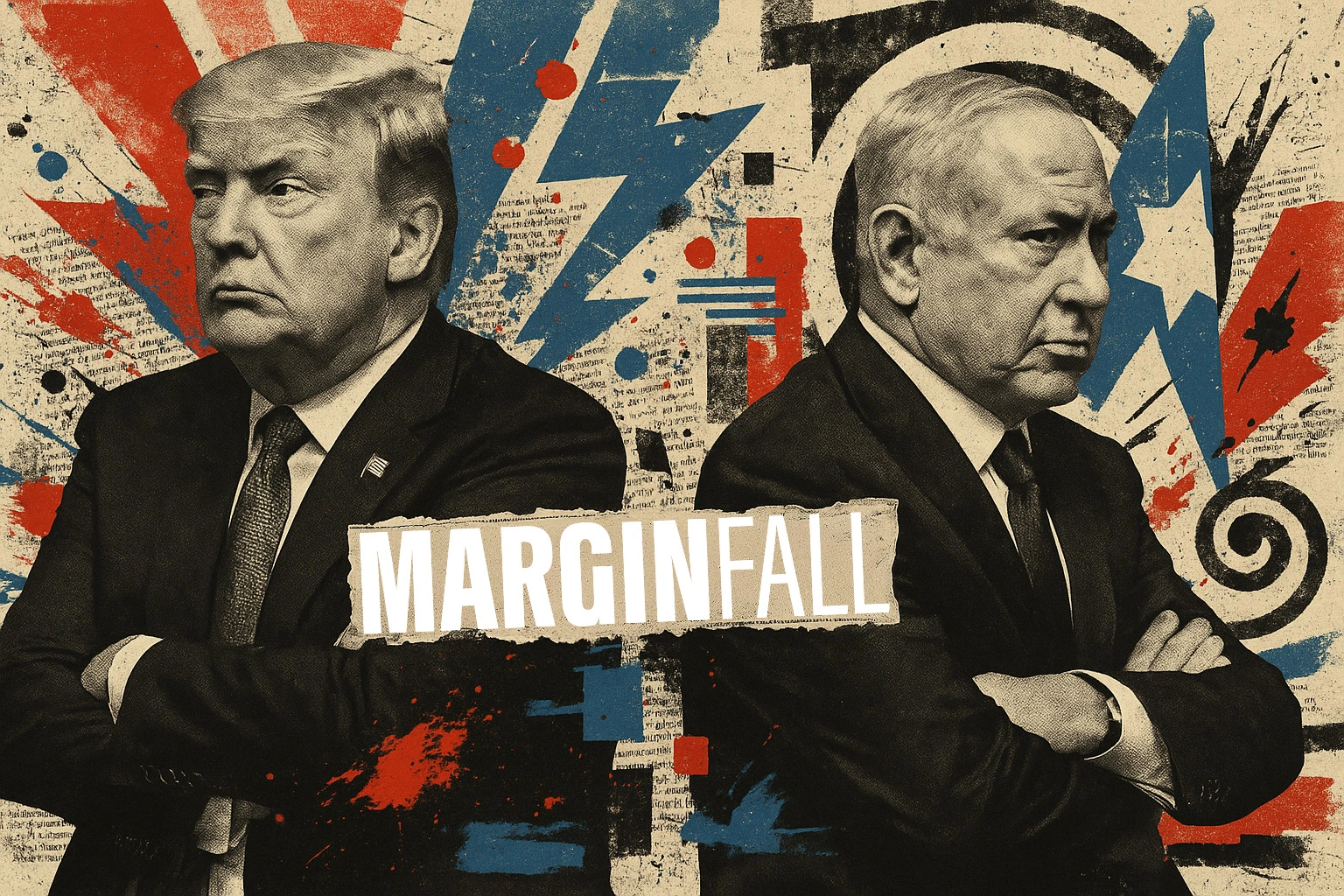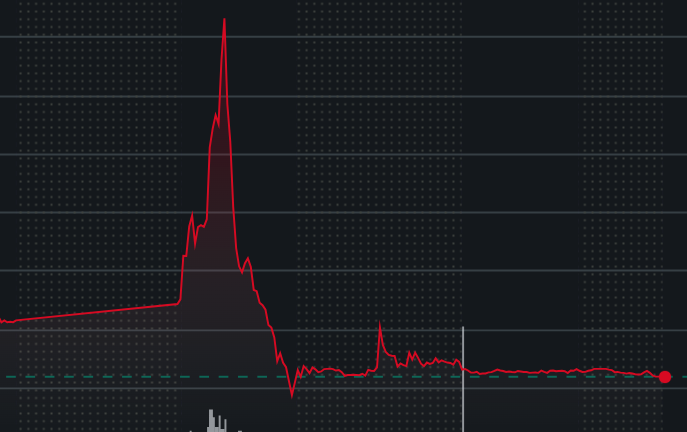PAKISTAN VS. INDIA: A 2025 possible war

On April 22, militants opened fire on a group of tourists in the scenic Baisaran Valley near Pahalgam. Twenty-six people—mostly Indian nationals, plus one Nepali—were killed and dozens more wounded. The attackers vanished into the surrounding forests, and a previously little-known outfit calling itself the “Kashmir Resistance” claimed responsibility. Indian investigators quickly pointed to cross-border links, naming suspects they said included Pakistani nationals. New Delhi’s leadership, stung by public outrage and grief, vowed to hunt down those responsible “to the ends of the earth.” Islamabad, for its part, denied any role, urged India to steer clear of a blame game, and even offered condolences for civilian lives lost.
Tit-for-Tat Measures and Diplomatic Fallout
Within hours, both capitals sprang into action. India convened its top security councils, then announced a raft of punitive steps:
-
Suspension of the Indus Waters Treaty. India put the foundational 1960 water-sharing agreement on hold until Pakistan stopped supporting militancy—a move never seen before in the treaty’s history.
-
Land-border closure. The Attari–Wagah crossing, the only road link between the two countries, was shut for travel and trade, stranding visitors on both sides.
-
Visa bans and diplomatic downgrades. Special entry permits for Pakistanis were revoked, Pakistan’s military attachés were declared persona non grata, and India slashed its embassy staff in Islamabad.
Pakistan answered in kind:
-
Airspace closure. All Indian aircraft were barred from Pakistani skies, forcing costly detours for international flights.
-
Trade suspension. Formal trade—already minimal—was halted entirely.
-
Freezing bilateral agreements. Any remaining cooperation pacts or transport links were paused.
-
Water-war rhetoric. Pakistan warned that any attempt to choke its share of Indus waters would be treated as an act of war.
With diplomatic channels effectively shuttered, both sides found themselves on a collision course. Stock markets wavered, currencies dipped, and nationalist rallies demanded harsh action in both countries.
Military Movements and Border Incidents
Although no full-scale fighting erupted, both armies signaled readiness:
-
Security sweeps in Kashmir. Thousands of Indian soldiers and police fanned out around Pahalgam, conducting house demolitions of suspected militants in a show of “bulldozer justice.”
-
Heightened alerts. Commands on both sides ordered forces to maintain “high vigil” along the Line of Control, with extra patrols and air-defense drills.
-
Sporadic firing. A brief exchange of shots on April 24–25 marked the first ceasefire violation in months, reminding everyone how easily a local clash can ignite a broader fight.
Domestically, hard-liner voices in India urged a retaliatory strike, pointing to past airstrikes in 2019 as precedent. Pakistan’s military planners reportedly reinforced key posts, though no mass mobilization was declared.
Risk of Military Conflict and Nuclear Escalation
With both nations armed with nuclear weapons, any conventional flare-up carries an implicit nuclear risk. India maintains a “No First Use” pledge, while Pakistan reserves the right to use nukes if it faces overwhelming conventional force. Experts warn that a miscalculated limited strike could spiral into full-scale war—and, in the worst case, a nuclear exchange. So far, however, both governments have stopped short of outright war talk, framing their moves as defensive or retaliatory.
Historical Context
This isn’t the first time a terrorist attack in Kashmir has triggered a crisis. Past flashpoints—the 2001 Parliament attack, 2008 Mumbai siege, and 2019 Pulwama massacre—have all pushed India and Pakistan to the brink before cooler heads prevailed. The 1960 Indus Waters Treaty, long a symbol of cooperation even amid wars, has never before been suspended. And since India revoked Kashmir’s semi-autonomy in 2019, diplomatic ties have been frozen, setting the stage for today’s escalation.
Possible Outcomes
-
Diplomatic De-escalation: Back-channel talks and international mediation could coax both sides to reverse punitive steps without violence, returning to a tense but manageable status quo.
-
Limited Military Exchange: A pinpoint Indian strike on militant camps—mirroring 2019—followed by a contained Pakistani response could satisfy domestic demands without full war.
-
Protracted Standoff: Both countries maintain sanctions and closures indefinitely, grinding relations to a halt but avoiding open conflict.
-
Conventional War (Nuclear Overtones): A large-scale clash along the border could rapidly escalate, risking nuclear use if either side feels existentially threatened.
-
Mediated Resolution: A breakthrough diplomatic initiative—perhaps reviving water-treaty mechanisms or anti-terror cooperation—might emerge once both sides recognize the costs of continued hostility.
The Marginfall Take
April 2025 has shown how quickly a single attack can shatter years of frozen calm. India and Pakistan now stand at a perilous crossroads. The world watches, hoping that deterrence and discreet diplomacy can pull both sides back from the brink. But with these two armies and their nuclear arsenals staring each other down, every decision in the coming days will carry outsized risk. For now, the most urgent task is to prevent this crisis from tipping into catastrophe—because in South Asia, the stakes could not be higher.









